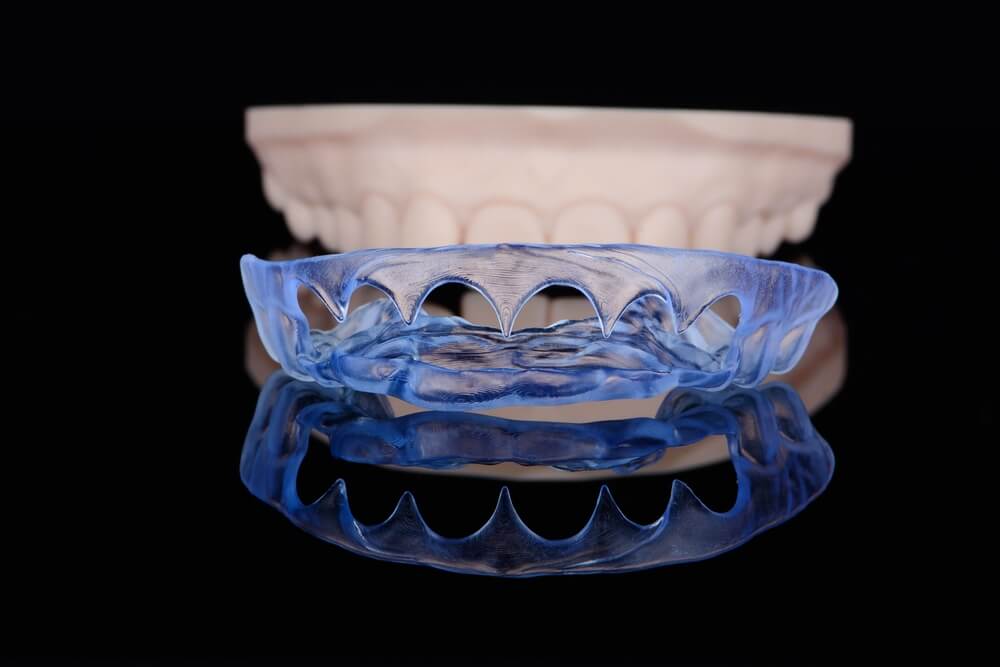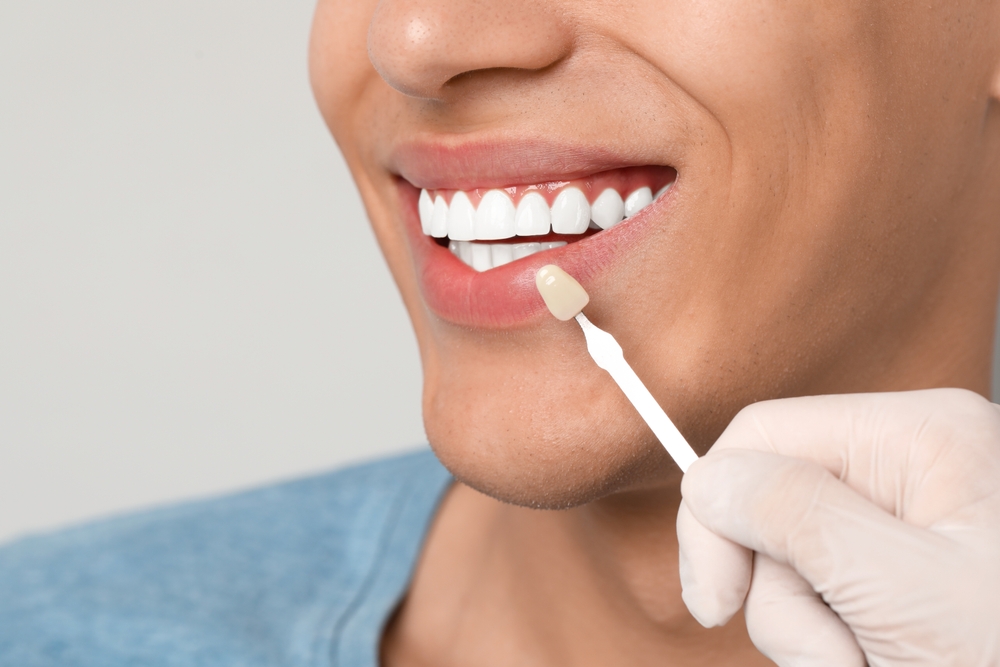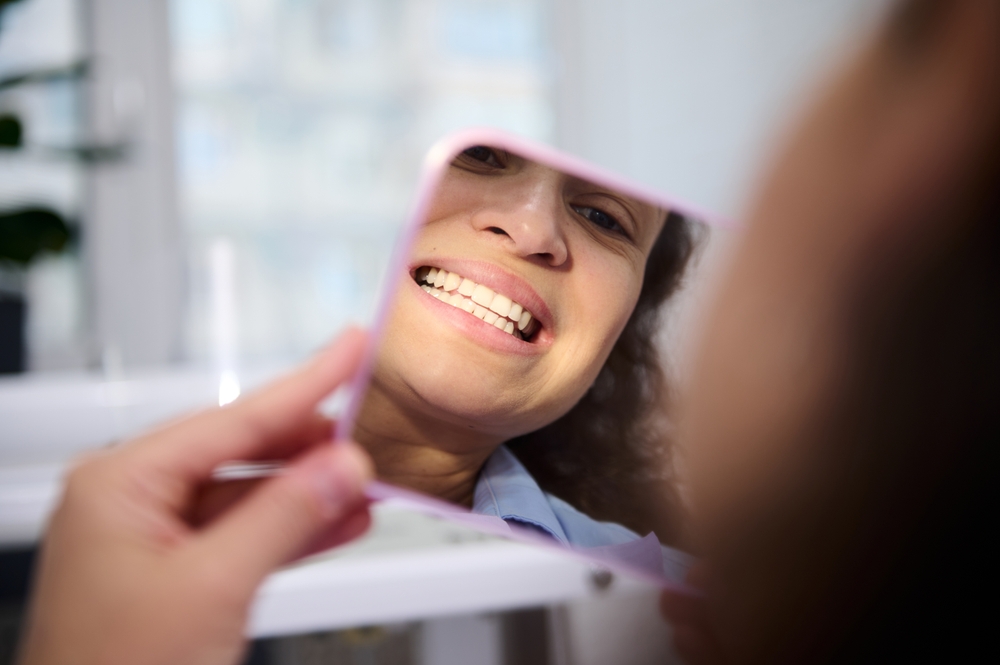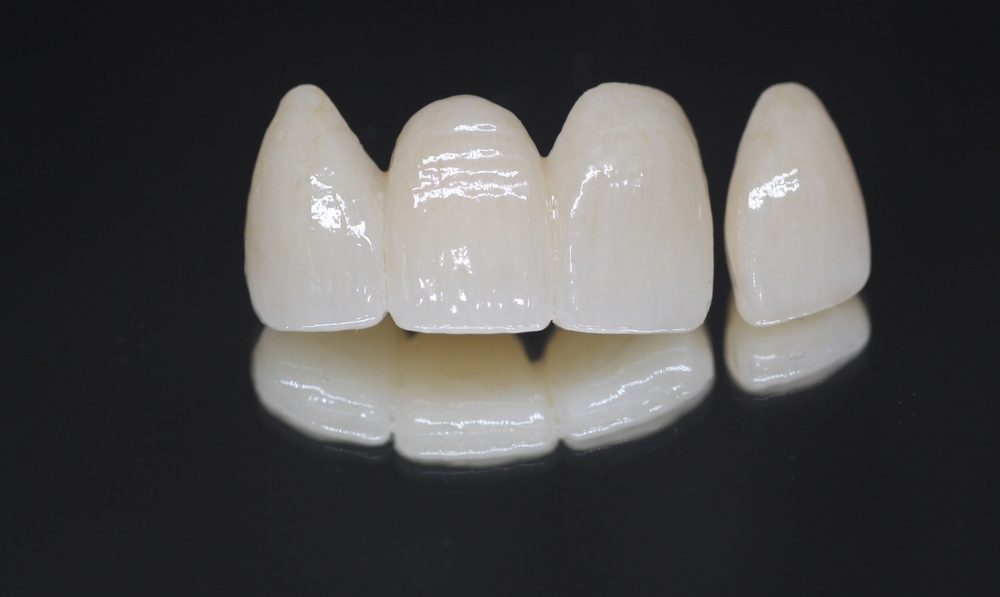In recent years, 3D printing has emerged as a game-changer in the dental industry, transforming how dental restorations are designed, fabricated, and delivered. By combining digital precision with advanced materials and streamlined workflows, 3D printing is helping dental labs and clinicians produce highly accurate, custom restorations faster and more efficiently than ever before. From crowns and bridges to surgical guides and dentures, this innovative technology is reshaping restorative dentistry and setting a new standard for patient care. In this blog, we’ll explore how 3D printing works in dentistry, the types of restorations it enables, the benefits for both labs and clinicians, and what the future holds for this rapidly advancing field.
In This Blog:
- What is 3D Printing in Dentistry?
- Types of Dental Restorations Made with 3D Printing
- Key Benefits of 3D Printing for Dental Labs
- Advantages for Dentists and Patients
What is 3D Printing in Dentistry?
3D printing in dentistry refers to the use of additive manufacturing technology to create dental appliances, restorations, and models directly from digital files. This process involves building objects layer by layer using materials such as dental resins, polymers, and ceramics. The digital workflow typically begins with a 3D scan of the patient’s mouth using an intraoral scanner or CBCT scan. This data is then imported into CAD (computer-aided design) software where dental professionals can design restorations tailored to the patient’s anatomy. Once the design is finalized, it’s sent to a 3D printer, which fabricates the object with exceptional precision.
There are several types of 3D printing technologies commonly used in dental labs:
- Stereolithography (SLA): Known for its high resolution, ideal for printing detailed dental models and surgical guides.
- Digital Light Processing (DLP): Offers fast print speeds and is widely used for producing crowns, bridges, and temporary restorations.
- Selective Laser Sintering (SLS): Typically used for more robust applications, such as metal frameworks or removable partial dentures.
These technologies allow dental labs to enhance productivity, improve consistency, and better meet the evolving demands of modern dental practices.
Types of Dental Restorations Made with 3D Printing
3D printing is capable of producing a wide range of dental restorations and appliances with remarkable accuracy and speed. Some of the most common applications include:
Crowns and Bridges:
Temporary crowns and bridges can be printed with high precision, allowing for same-day or next-day delivery. Permanent versions are often designed digitally and used to produce molds or castable patterns.
Dentures and Partials:
Full and partial dentures can be printed to fit patients comfortably and efficiently. Digital denture design ensures consistency, and adjustments are easy to make.
Surgical Guides:
3D-printed guides provide accurate templates for implant placement, improving surgical precision and outcomes.
Implant Models and Diagnostic Wax-Ups:
Labs can print study models and wax-ups for case planning and patient consultations, helping clinicians visualize the final result.
Night Guards and Splints:
Custom-fit occlusal guards and splints can be designed and printed to protect teeth and manage conditions like bruxism.
Orthodontic Appliances:
From aligners to retainers, 3D printing allows for rapid production of clear, personalized orthodontic devices.
The versatility of 3D printing enables dental professionals to deliver highly tailored, aesthetically pleasing, and functionally sound restorations for a broad range of patient needs.
Key Benefits of 3D Printing for Dental Labs
Dental labs are at the forefront of adopting 3D printing technology, and the benefits are substantial. Here’s how 3D printing is transforming the lab environment:
Speed and Efficiency:
Traditional workflows that once took days or even weeks can now be completed in a matter of hours. With 3D printing, labs can fabricate models, temporary restorations, and appliances quickly, significantly reducing turnaround times.
Improved Accuracy and Fit:
3D printers offer exceptional resolution and precision, ensuring that restorations fit more accurately and require fewer adjustments. This precision leads to better clinical outcomes and less chair time for patients.
Cost-Effectiveness:
Although initial investments in 3D printing equipment may be significant, the long-term savings are clear. Less material waste, reduced labor costs, and fewer remakes result in a more profitable workflow.
Customization at Scale:
3D printing allows for mass customization, enabling labs to produce patient-specific restorations in a streamlined process. This is especially valuable in complex cases or cosmetic work where individualized results are critical.
Seamless Digital Workflow Integration:
3D printing fits perfectly into a digital dentistry ecosystem, integrating with CAD software, intraoral scanners, and cloud-based case management systems. This connectivity enhances communication with dentists and improves overall case efficiency.
By embracing 3D printing, dental labs are not only increasing their productivity but also elevating the quality and consistency of the restorations they provide.
Advantages for Dentists and Patients
The adoption of 3D printing doesn’t just benefit dental labs—it also has a direct and positive impact on both dentists and their patients:
Faster Turnaround Times:
Dentists can receive restorations more quickly, allowing for faster case completion and improved patient satisfaction. Same-day or next-day delivery is often possible for temporary crowns, bridges, and splints.
Fewer Appointments Needed:
With improved accuracy and fit, there are fewer remakes and adjustments. This translates into shorter chair time for patients and more efficient scheduling for dental practices.
Enhanced Patient Experience:
Digital impressions combined with 3D-printed restorations offer a more comfortable and modern experience. Patients appreciate the speed, precision, and reduced need for messy traditional impressions.
High-Quality, Custom Results:
Every restoration is tailored to the patient’s anatomy, ensuring a more natural look and feel. This customization boosts patient confidence and satisfaction with the final outcome.
Access to Advanced Treatment Options:
Dentists using 3D-printed surgical guides and implant models can offer more predictable and minimally invasive procedures, expanding treatment options and improving long-term outcomes.
3D printing is helping dental practices deliver exceptional care, enhancing clinical efficiency while prioritizing the comfort and satisfaction of the patient.
Conclusion
3D printing is undeniably revolutionizing the world of dental restorations, offering a faster, more precise, and highly customizable approach to restorative care. For dental labs, it means streamlined workflows, improved accuracy, and enhanced collaboration with clinicians. For dentists and patients, it translates to quicker turnaround times, better-fitting restorations, and a superior overall experience. As the technology continues to evolve, its role in dentistry will only expand, opening the door to even more advanced and personalized treatment solutions. Now is the time for dental professionals to embrace the power of 3D printing and stay at the forefront of innovation in modern restorative dentistry.




